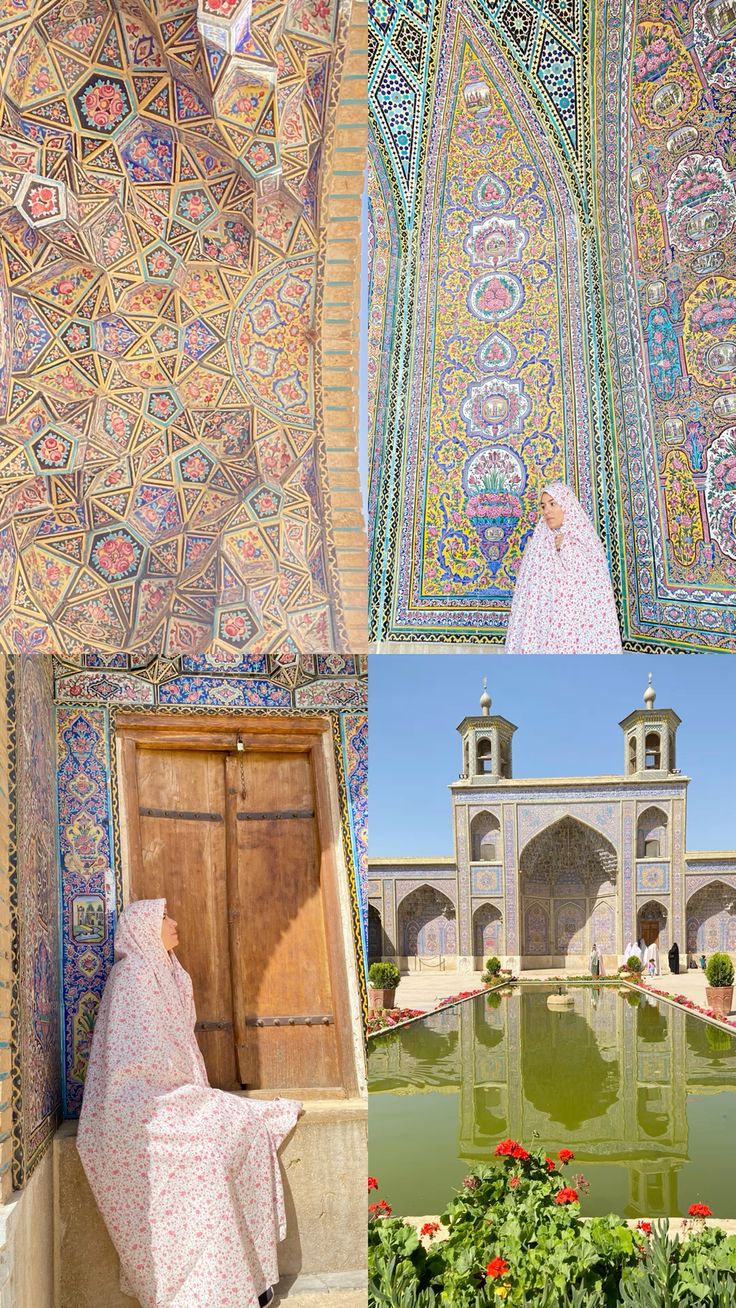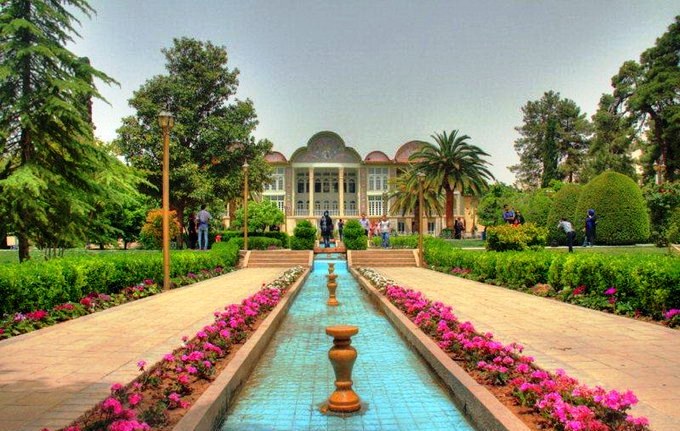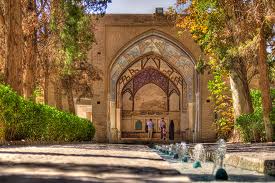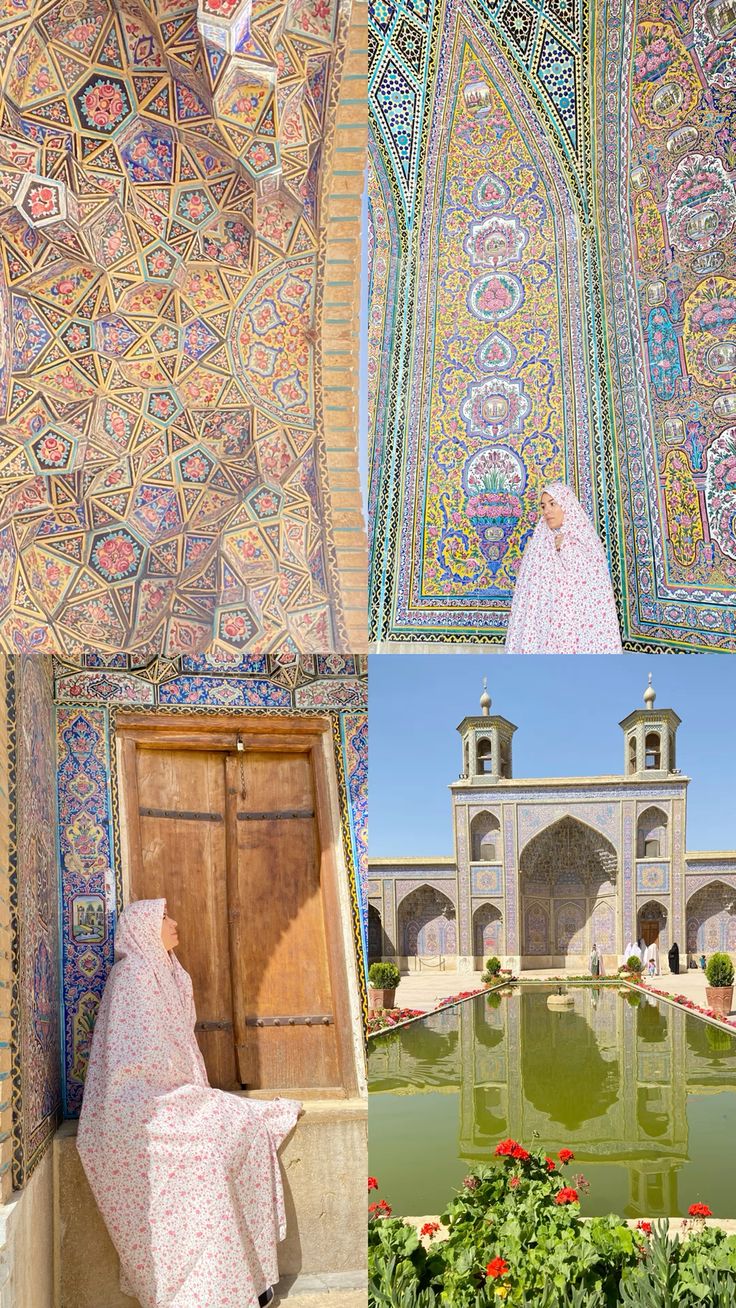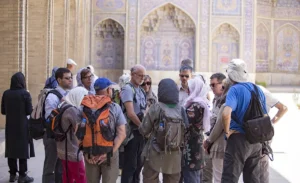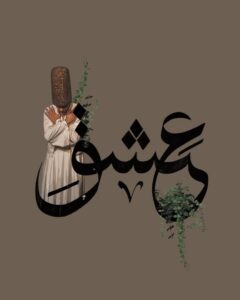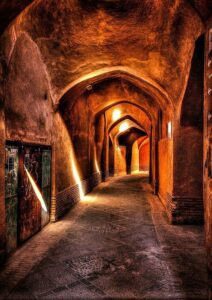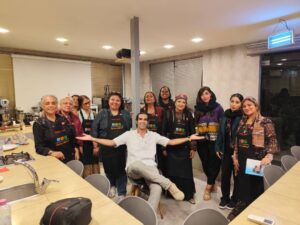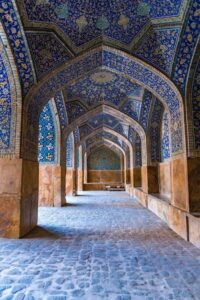Overview
Persian gardens are not just places of beauty, they are living symbols of harmony, culture, and life. Recognized as UNESCO World Heritage Sites, these gardens represent the Persian vision of paradise: a space where water, plants, architecture, and people exist in balance. And at the heart of these gardens are fruits, pomegranates, pistachios, grapes, that do more than nourish; they tell stories of tradition, hospitality, and joy.
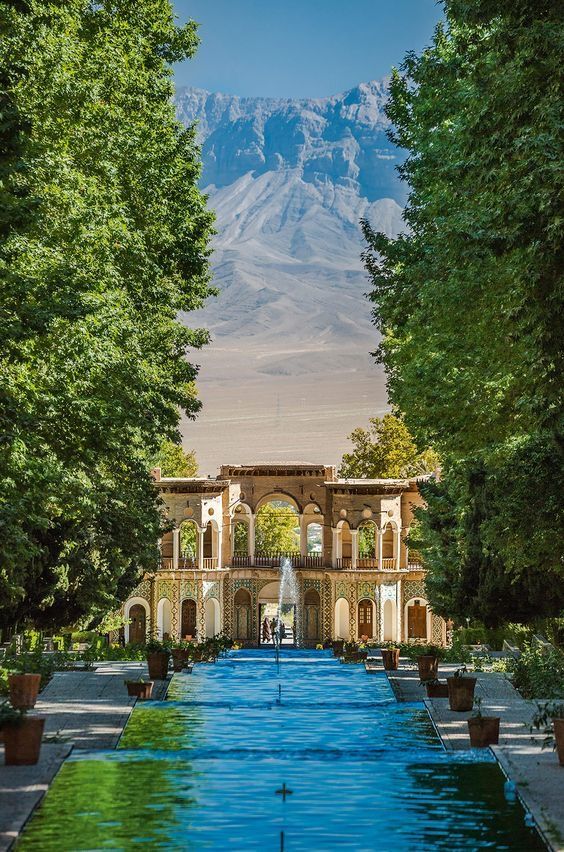
The Symbolism of Fruits in Persian Gardens
In Persian culture, fruits are more than food. They are symbols:
•Pomegranates: Representing fertility, rebirth, and love, often shared during Yalda Night, the Persian winter solstice celebration.
•Pistachios: Called the “smiling nut,” pistachios symbolize joy and abundance, a common treat for guests in Persian hospitality.
•Grapes and Wine Traditions: Shiraz, once famous for its vineyards, connects grapes to poetry, pleasure, and Persian celebrations.
These fruits, grown in the fertile soil of Persian gardens, are woven into Iran’s cultural identity.
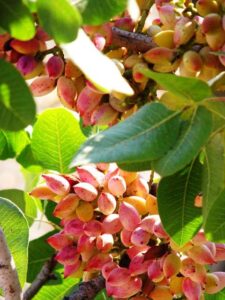


UNESCO Persian Gardens: A Living Heritage
Fin Garden (Kashan)
A masterpiece of Persian design, with flowing water channels and ancient cypress trees. Imagine sipping tea in the shade, hearing the sound of fountains, and enjoying fresh pistachios, a true taste of paradise.
Shazdeh Garden (Mahan, Kerman)
Terraces of greenery in the middle of the desert. Here, pomegranate trees bloom beside running water, proving the genius of Persian irrigation and garden design.
Eram Garden (Shiraz)
Famous for its roses and tall cypress trees, Eram is also a place of fruit and fragrance. Pomegranates and citrus trees create a sensory feast of color and aroma.
Dolat Abad Garden (Yazd)
Home to the tallest windcatcher in Iran, Dolat Abad combines architecture and nature. Walking through, you’ll taste figs and pomegranates, symbols of hospitality in this desert city.
The Social Life of Gardens
Persian gardens were never only about beauty. They were places of gathering, storytelling, and celebration. Families still host picnics under pomegranate trees, share pistachios at weddings, and hold poetry readings where fruit and tea flow generously. For Persians, a garden is a stage where nature, food, and community come together.
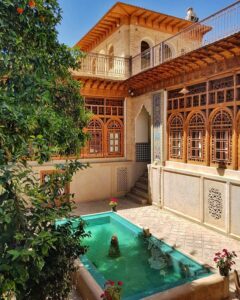
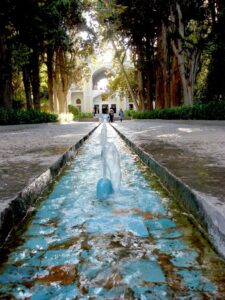
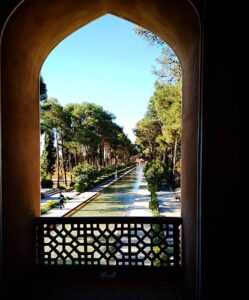
Why Visit Persian Gardens Today?
•UNESCO Heritage: Walk through spaces designed centuries ago and still alive today.
•Cultural Symbolism: Understand how fruits and plants reflect Persian philosophy and hospitality.
•A Feast for the Senses: Smell roses, taste pomegranates, and hear water flowing, a multi-sensory journey.
•Connection to People: See how locals still use gardens as spaces for relaxation, joy, and tradition.
Final Note
From the sweet crunch of pistachios to the ruby-red sparkle of pomegranates, Persian gardens are living museums of culture and nature. Visiting them is not just about beauty, it’s about stepping into a story that has shaped Persian life for centuries. These gardens remind us that paradise can be found not only in myth but in the very heart of Iran.

